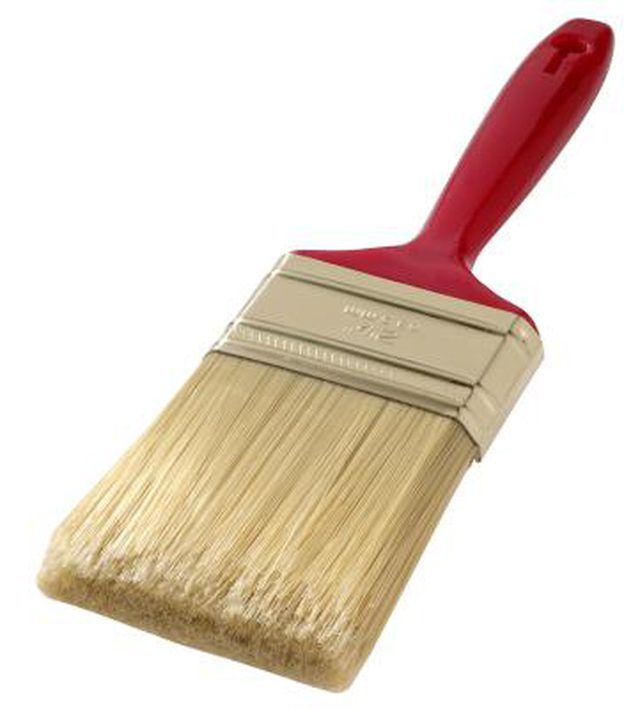Bulbs
Flower Basics
Flower Beds & Specialty Gardens
Flower Garden
Garden Furniture
Garden Gnomes
Garden Seeds
Garden Sheds
Garden Statues
Garden Tools & Supplies
Gardening Basics
Green & Organic
Groundcovers & Vines
Growing Annuals
Growing Basil
Growing Beans
Growing Berries
Growing Blueberries
Growing Cactus
Growing Corn
Growing Cotton
Growing Edibles
Growing Flowers
Growing Garlic
Growing Grapes
Growing Grass
Growing Herbs
Growing Jasmine
Growing Mint
Growing Mushrooms
Orchids
Growing Peanuts
Growing Perennials
Growing Plants
Growing Rosemary
Growing Roses
Growing Strawberries
Growing Sunflowers
Growing Thyme
Growing Tomatoes
Growing Tulips
Growing Vegetables
Herb Basics
Herb Garden
Indoor Growing
Landscaping Basics
Landscaping Patios
Landscaping Plants
Landscaping Shrubs
Landscaping Trees
Landscaping Walks & Pathways
Lawn Basics
Lawn Maintenance
Lawn Mowers
Lawn Ornaments
Lawn Planting
Lawn Tools
Outdoor Growing
Overall Landscape Planning
Pests, Weeds & Problems
Plant Basics
Rock Garden
Rose Garden
Shrubs
Soil
Specialty Gardens
Trees
Vegetable Garden
Yard Maintenance
How to Make Concrete Landscape Molds
How to Make Concrete Landscape Molds. Making a mold of concrete landscaping blocks, bricks or rocks is a simple project that can save you a lot of money. The time it takes to make each mold is well worth the money you will save, and creating a mold requires no prior experience. With one mold, you can make multiple casts of an original block.

Making a mold of concrete landscaping blocks, bricks or rocks is a simple project that can save you a lot of money. The time it takes to make each mold is well worth the money you will save, and creating a mold requires no prior experience. With one mold, you can make multiple casts of an original block.
Things You'll Need
Silicone
Paint brush
Landscaping block
Cheesecloth
Sand
Box or bin
Paint (optional)
Concrete dye (optional)
Use a paint brush to cover a landscaping block with seven layers of silicone molding rubber. Let the silicone dry for 10 to 15 minutes between each coat. Do not cover the bottom of the block, but make sure the top and sides are completely coated with silicone.
Place a layer of cheesecloth over your block and press it gently into the mold. Cheesecloth strengthens the structure of the mold. Apply two more layers of silicone. Allow the mold to set for 24 to 48 hours after you have applied the final layer.
Peel the mold back from the block and put it in a box or bin filled with sand. The sand keeps the mold from twisting or tearing when it is filled with concrete.
Mix your cement according to the manufacturer's directions. Add concrete dye to the mix if you want to create a colored concrete cast.
Pour the cement into your mold. Be careful not to overfill the mold, as it will become cemented to the sand. Let the concrete dry for one to two hours or until it is dry to the touch.
Remove your concrete cast from the mold. The mold can be used repeatedly to make more casts.